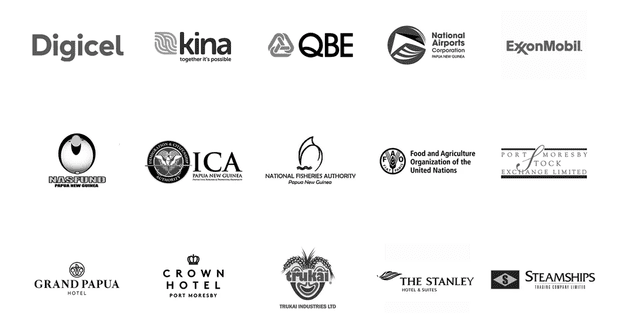Custom uniforms have become an essential element for global brands seeking to establish a strong, cohesive identity across diverse markets. From sports teams to corporate offices and hospitality sectors, the demand for tailored attire that reflects brand values and enhances professionalism is on the rise. As companies expand their operations internationally, the need for custom uniforms that align with local cultures while maintaining a unified brand image has never been more critical. This evolution in uniform design is not just about aesthetics; it’s a strategic move that reinforces brand recognition, employee morale, and customer perception.
The Role of Custom Uniforms in Brand Identity
A well-designed uniform serves as a visual representation of a company’s brand. It communicates professionalism, unity, and attention to detail, which are crucial for building trust with customers and clients. For global brands, this is even more significant because they must maintain a consistent image across different regions. Custom uniforms allow companies to incorporate their logos, color schemes, and other branding elements into every piece of clothing, ensuring that employees are instantly recognizable as part of the brand.
In addition to visual branding, custom uniforms also play a role in fostering a sense of belonging among employees. When staff members wear uniforms that reflect their company’s identity, they feel more connected to the organization and its mission. This can lead to increased job satisfaction, higher productivity, and stronger team cohesion—factors that contribute to long-term business success.
Meeting Diverse Needs Through Customization
One of the key advantages of custom uniforms is their ability to cater to the specific needs of different industries and regions. For example, a multinational corporation operating in both urban and rural areas may require different types of uniforms based on climate, work environment, and cultural preferences. Customization allows brands to adapt their uniform designs to these varying conditions without compromising their overall brand image.
In the hospitality industry, for instance, uniforms must be both functional and stylish. Employees in hotels, restaurants, and event venues often interact with customers throughout the day, so their attire should be comfortable, easy to move in, and appropriate for the setting. Custom uniforms can be designed with breathable fabrics, ergonomic cuts, and practical features such as pockets and reinforced stitching to meet these requirements.
Similarly, in the healthcare sector, uniforms must prioritize hygiene, durability, and comfort. Medical professionals need attire that is easy to clean, resistant to stains, and suitable for long hours of work. Custom uniforms can be made from specialized materials that meet these standards while still incorporating the brand’s visual elements.
Enhancing Employee Experience and Performance
Beyond branding and functionality, custom uniforms can significantly impact the employee experience. When workers are provided with high-quality, well-fitted uniforms, they are more likely to feel confident and professional in their roles. This can improve their interactions with customers and enhance the overall service quality.
Moreover, custom uniforms can also contribute to workplace safety. In industries such as construction, manufacturing, and logistics, uniforms often include reflective elements, flame-resistant materials, or other safety features that protect employees from potential hazards. These elements are typically integrated into the design during the customization process, ensuring that safety remains a top priority without sacrificing brand aesthetics.
The Process of Creating Custom Uniforms
Creating custom uniforms involves several steps, starting with understanding the brand’s requirements and the specific needs of the workforce. Designers work closely with company representatives to develop a concept that aligns with the brand’s identity and operational demands. This includes selecting the right fabric, color palette, and style that will be both functional and visually appealing.
Once the design is finalized, the production process begins. Modern manufacturing techniques allow for efficient and cost-effective production, even for large quantities. Many companies now use digital printing and automated cutting systems to ensure precision and consistency in the final product. Additionally, some brands opt for on-demand production models, where uniforms are manufactured only when needed, reducing waste and inventory costs.
Sustainability and Ethical Considerations
As global brands become more conscious of their environmental and social impact, sustainability is increasingly becoming a factor in uniform design. Many companies are now choosing eco-friendly materials such as organic cotton, recycled polyester, and biodegradable fabrics. These materials not only reduce the environmental footprint but also appeal to consumers who value sustainability.
In addition to material choices, ethical production practices are also gaining importance. Brands are prioritizing partnerships with manufacturers that adhere to fair labor standards, ensuring that workers involved in the production process are treated fairly and paid a living wage. This commitment to sustainability and ethics further strengthens the brand’s reputation and aligns with the values of modern consumers.
Conclusion
Custom uniforms are no longer just a matter of style—they are a strategic tool for global brands looking to strengthen their identity, improve employee performance, and meet the unique needs of different markets. By investing in well-designed, functional, and sustainable uniforms, companies can create a lasting impression on both their employees and customers. As the global business landscape continues to evolve, the role of custom uniforms will only become more significant, reinforcing the connection between brand, culture, and community.
